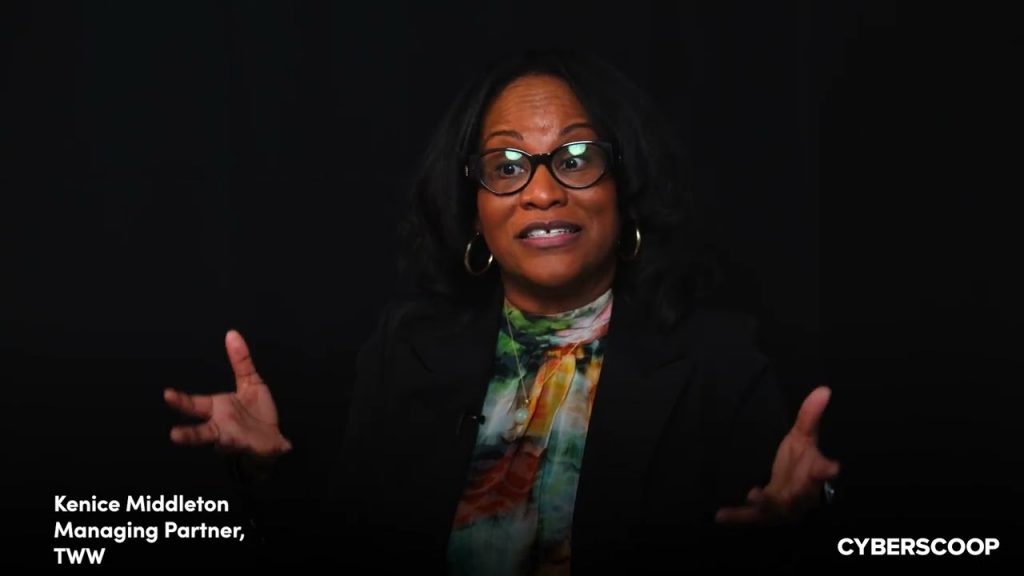The White House’s recent Memorandum on Advancing the United States’ Leadership in Artificial Intelligence serves as a pivotal directive for federal agencies and industry leaders alike. It underscores the United States’ commitment to establishing itself as a global Artificial Intelligence (AI) leader while emphasizing security, ethics, and trustworthiness in AI adoption. This memorandum offers a framework for aligning AI development with democratic values, national security, and innovation. Below, we synthesize insights shared by TWW’s team on the memorandum’s significance and its implications for our work.
Key Takeaways from the Memorandum
Drawing on the diverse expertise of the TWW team, we identified several key insights into the memorandum’s priorities:
1. Strengthening AI Leadership and Governance
The memorandum outlines a strategy to position the United States as a global leader in AI, with a focus on integrating the technology across national security, economic, and defense domains. It emphasizes collaboration with allies, responsible governance, and ethical considerations, ensuring human rights, privacy, and safety standards are upheld. These directives aim to address global AI risks and establish the U.S. as a norm-setter in international AI standards.
2. Advancing Ethical AI Development
The team noted the memorandum’s strong emphasis on ethical and responsible AI systems. By fostering transparency, fairness, and accountability, the government seeks to mitigate biases and ensure public trust. This approach is especially critical in sectors like healthcare, criminal justice, and finance, where the societal impact of AI is profound.
The United States must establish safeguards for AI use, guide global AI norms, and provide safety guidance for developers. Agencies will need to account for technical talent needs required to adopt AI and integrate it into their missions and other roles necessary to use AI effectively, such as AI-related governance, ethics, and policy positions. These policies will identify financial, organizational, and security hurdles, as well as potential mitigations consistent with applicable law.
3. Bolstering AI Infrastructure and Innovation
The brief detailed the importance of investing in robust infrastructure to support AI advancements. This includes the development of AI data centers, advanced semiconductor manufacturing, and clean energy solutions. These investments are foundational to maintaining U.S. competitiveness and fostering sustainable growth in the AI sector.
4. Mitigating AI Risks
The team emphasized the memorandum’s call for implementing safeguards to address risks such as adversarial misuse and vulnerabilities within AI systems. Establishing transparent frameworks to ensure AI aligns with national security objectives and democratic values is critical to managing these challenges.
5. Global Collaboration and Policy Development
The memorandum also stresses the importance of international collaboration to address cross-border challenges like data privacy and AI ethics. Establishing unified global standards will enable the U.S. and its allies to effectively manage the complexities of AI governance.
Changes in the Executive Branch Affecting AI Priorities
The transition of the executive branch from the Biden administration to the Trump administration suggests changes to cybersecurity regulations, including evolving priorities on AI. The Trump administration’s lighter approach to regulation could result in the repeal of former executive orders like the Executive Order on Safe, Secure, and Trustworthy Artificial Intelligence. Efforts to prevent unfairness and bias in AI systems are likely to be less of a concern, rather, the focus will shift to questions on AI system performance, capability development, and potential physical harm to users.
Some of the governance efforts in Biden’s orders on AI are similarly expansions of Trump administration approaches from 2020 (i.e., Promoting the Use of Trustworthy Artificial Intelligence in the Federal Government). It is reasonable to assume continuity in areas like the public inventory process for AI use cases within agencies, national security, and the advancement of the National AI Research Resource (NAIRR) to democratize access to things like computing power and data that are needed for AI research.
Implications for TWW
The memorandum’s directives present both a challenge and an opportunity for federal agencies and businesses to rethink their AI strategies. Success in this domain will hinge on proactive solutions that align innovation with security and trustworthiness. Agencies and businesses must adopt forward-looking measures to navigate the complexities of AI integration effectively. Partnering with federal agencies and industry leaders will allow TWW to contribute to shaping a trustworthy AI ecosystem.
Expanding Expertise to Manage Complex Threats
As AI technologies continue to evolve, the scale and complexity of threats will grow significantly, particularly in areas like adversarial attacks and data breaches. Federal agencies and businesses must prioritize the development of internal expertise to address these challenges. This includes investing in robust cybersecurity frameworks tailored to counter AI-specific threats and building cross-disciplinary teams that bring together AI developers, cybersecurity experts, and policymakers. Additionally, organizations should collaborate with academic institutions and private-sector innovators to stay ahead of emerging risks such as quantum computing and advanced deepfake technologies.
Training Professionals for AI-Fluency
The rapid adoption of AI across various sectors requires not only technical expertise but also an understanding of the ethical, operational, and security implications of these systems. Agencies and corporations should prioritize training programs that equip their workforce to navigate these complexities. Upskilling should focus on fostering a holistic understanding of AI—spanning its applications, potential risks, and governance requirements.
Conclusion
The White House memorandum provides a roadmap for AI’s integration into national security and beyond, addressing the dual imperatives of innovation and responsibility. For TWW, aligning with these federal priorities means staying ahead of the curve in AI expertise and offering strategic guidance to clients. By doing so, we not only contribute to safeguarding national security but also ensuring that our work reflects the values of ethics, equity, and trustworthiness that underpin the U.S. AI strategy. We will be vigilant in reviewing, analyzing, and preparing for these national directives and our providing expert advisory services to guide clients in ensuring their systems are both innovative, resilient, and fortified against AI-related vulnerabilities. To discuss organizational strategies and outcomes regarding the future of AI adoption with our team please email contact@twwenterprises.com.
Special Contributions by Brian Basang, Consultant III; Tia Bent, Program Manager; Jacques Dupre, Junior Consultant; Myrna Leonard, Program Manager; LeaAda Marshall, Consultant II; Haywood Nobles, Consultant II; Sandy Reyes, Consultant III; Erika Rich, Program Manager; Mohammad Saad Saleem, Consultant II; LaTasja Tilghman, Operations Assistant; Rica Vasquez, Consultant I; and Tiara Young, Consultant III




